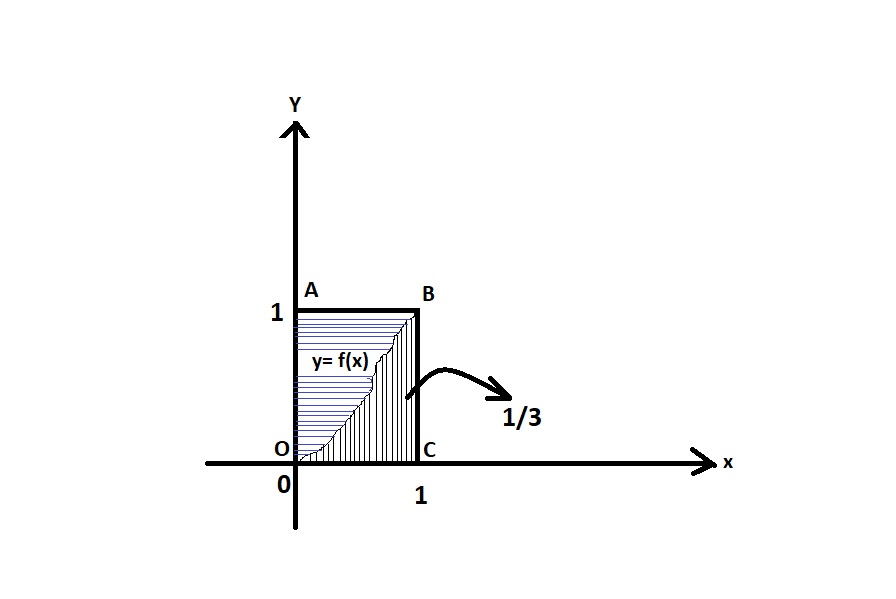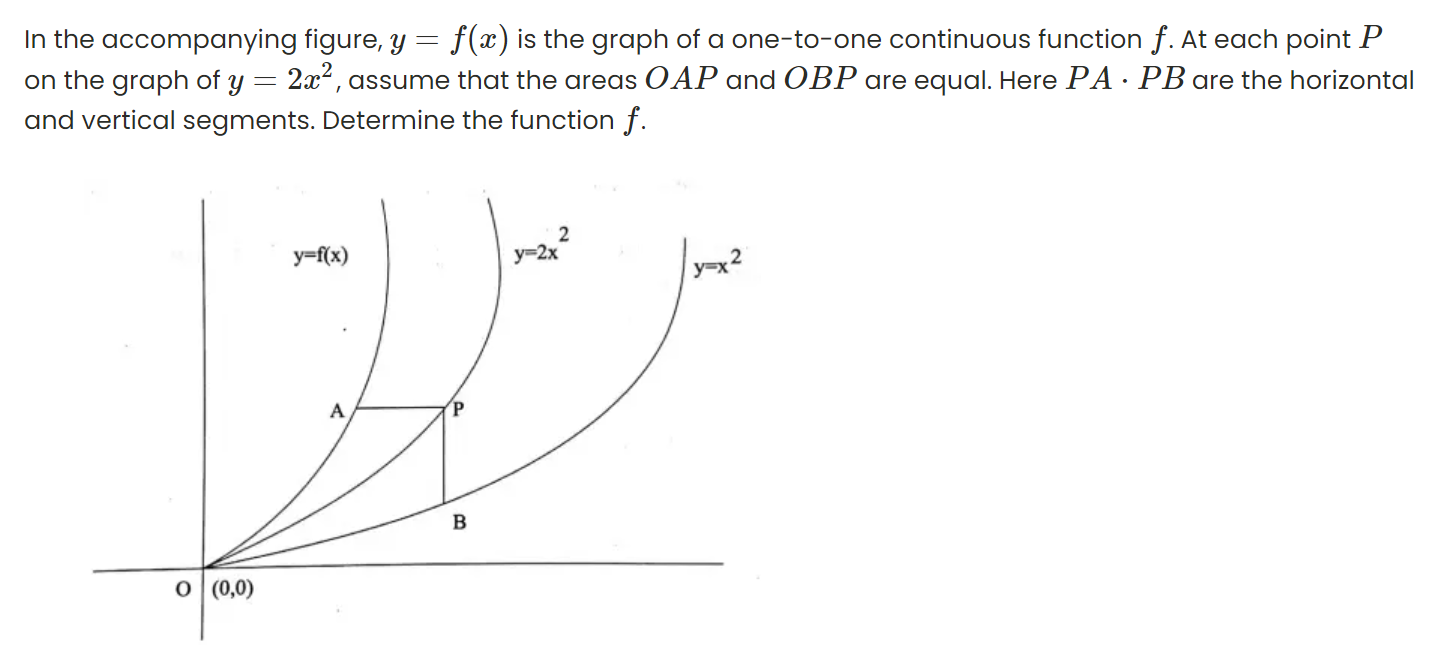Integration of Inverse Functions
God does not care about our mathematical difficulties. He integrates empirically.— Albert Einstein


Key, E. (Mar 1994). “Disks, Shells, and Integrals of Inverse Functions”. The College Mathematics Journal. 25 (2): 136–138.
Bensimhoun, Michael (2013). “On the antiderivative of inverse functions”. arXiv:1312.3839 [math.HO].
Parker, F. D. (Jun–Jul 1955). “Integrals of inverse functions”. The American Mathematical Monthly. 62 (6): 439–440. doi:10.2307/2307006. JSTOR 2307006.
